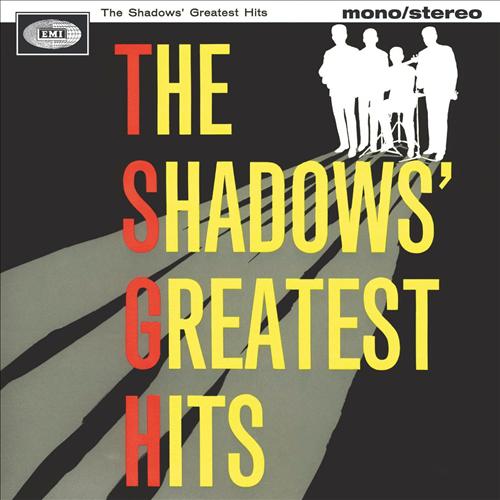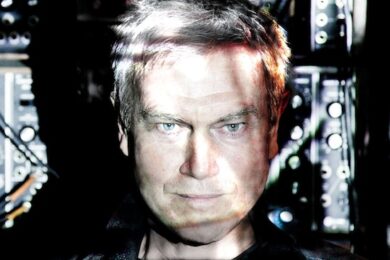13. The ShadowsThe Shadows’ Greatest Hits

Finally – an odd one, I know. People will writhe. But this is one component of perhaps the biggest circular connection here – one which spans virtually the entire era of modern music from the 1950’s to the present. It also represents an almost forgotten era of British rock – but one that shaped the future in more strange and radical ways than might be imagined. You have to forget all about Cliff Richards, of course.
Several artists have unexpectedly named the Shadows as an influence – for instance the brilliant Michael Rother of Neu!, La Düsseldorf and an original member of Kraftwerk, who said the ‘Apache’ beat and that Shadows record made him want to take up guitar at an early age. He also says the ‘Apache’ beat is what eventually mutated into the motorik beat of Neu!. This is the beat that still fuels modern rock, over fifty years later. Jean Michel Jarre also named The Shadows as an influence – and even got Hank Marvin to play with him in a [Destination] Docklands performance.
When I hitchhiked around Europe in the early to mid 60s, this sort of instrumental music was on all the jukeboxes all across the Netherlands, Belgium, France, Germany and Italy. It felt space age, spoke of the mysteries of technology and the optimistic view of the future – also being manifested visually by modernist fashion designers such as Courrèges, and artists such Vasarely. It evoked coffee bars, long and low motor cars, neon city centres, cinemas, youth wearing turtleneck sweaters, slimline slacks, shades and horn rimmed glasses, and especially the chrome and Cadillac-inspired styling (and even the name) of the Stratocaster guitars the band used. Echo units were used to make rhythms and lots of reverberant space. The guitar was being removed from its origins and had become an electronic instrument. The Shadows were making new, international, technological, modern music – clean, separated and spacious.
This sort of music was very much the opposite of the later generations of heavily distorted rock we are familiar with now. These seek to give the impression that they are bigger than the medium which carries them – that they are bursting out of the speakers, and ripping them apart in the process. Ironically, the nearest equivalent we have now to this sort of methodical, separated, obedient music, is now made by Kraftwerk – it is, of course, considered to be some of the most advanced music we have. Yet it employs the same technological optimism, the same ordered layout, the same lack of reliance on drama and distortion. Instead, the effect is gained from melody, intelligent arrangements, reverberant spaciousness and a consistent rhythm. To me, it sounds very much like an evolution of The Shadows sound. Consider Kraftwerk and the era they grew up in. The Shadows, or imitations of them, would have been everywhere.
Kraftwerk sought to rediscover what music might be like if the blues, jazz and distorted guitar recording techniques had not become ubiquitous. They made largely instrumental music, using European modes, relying on spacious, undistorted sounds and intelligent arrangements, with evocative, consciously modern, urban titles.
Interestingly, throughout their career, they seem to have chosen to make gentle parodies or homages of early Shadows publicity shots – for instance with their first names in neon and the musicians posed holding tokens of their instruments, while wearing smart, dark suits and shiny shoes, or the classic silhouette shots, and others.


